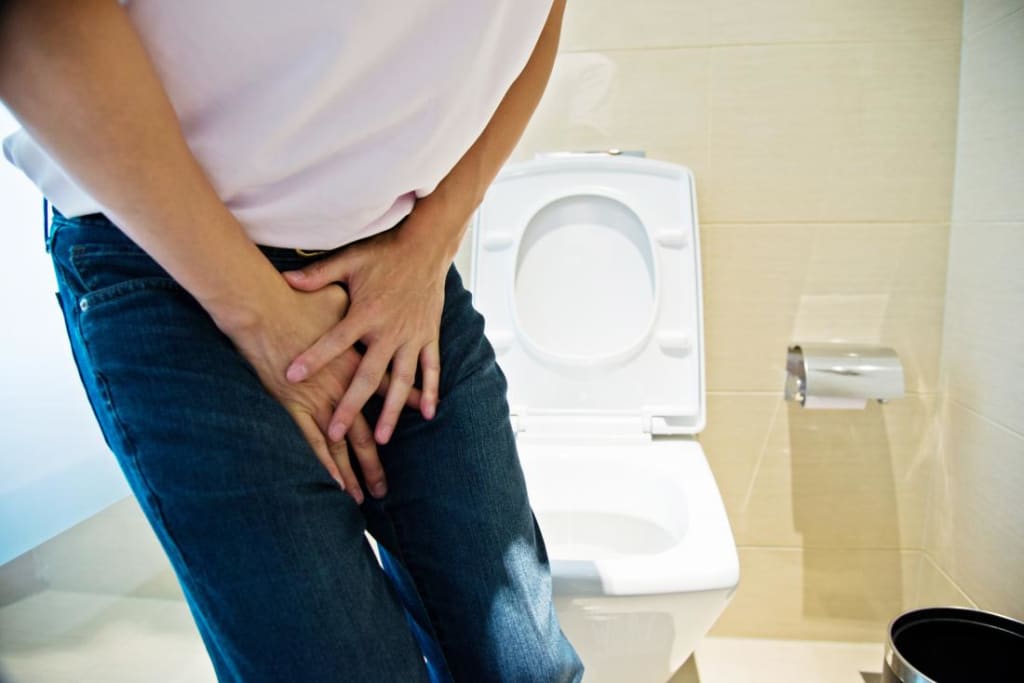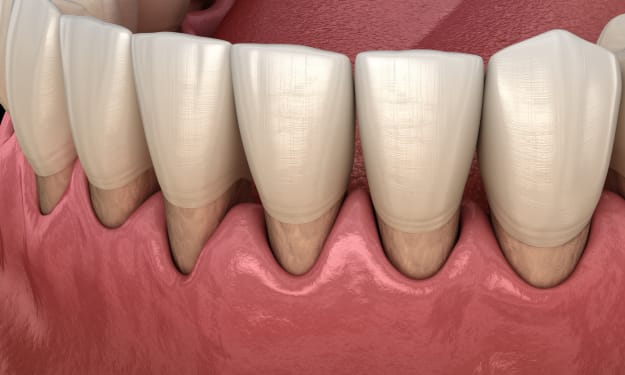6 Techniques to Stop Frequent Urination
Do you find yourself racing to the restroom throughout the day? Or waking up multiple times in the middle of the night to pee? You probably have frequent urine if you go more than eight times a day and more than once at night.

Do you find yourself racing to the restroom throughout the day? Or waking up multiple times in the middle of the night to pee? You probably have frequent urine if you go more than eight times a day and more than once at night.
Although it can affect persons of different ages, it is more common in elderly folks.
Many persons who urinate frequently also have an overactive bladder, which is characterized by an intense need to urinate that comes on quickly and is difficult to control. If you don't use the restroom quickly enough, urine may slip out. According to the Urology Care Foundation, up to 30% of men and 40% of women experience it at least occasionally.
Frequent urination is not dangerous in and of itself. However, it can be uncomfortable and irritating, especially if that gotta-go feeling prevents you from engaging in things you enjoy, such as long travels or trekking.
So, if you want to learn 6 techniques on how to stop frequent urination, continue riding:
1. Drink water wisely
If you drink a lot during the day, cutting back can help you urinate less frequently. Many people consume the often-recommended eight glasses of water every day, yet there is no scientific basis for this figure.
A huge person working outside and sweating will most likely require more water. A tiny person who sits at a desk all day, on the other hand, usually needs considerably less water.
However, if you don't drink enough fluids, you may need to use the restroom more frequently. It may seem contradictory, yet urine is composed of waste products and is highly unpleasant to the body. The more concentrated your urine, the more irritating it is, and the stronger the want to evacuate.
So, how much should you consume water? Allow your thirst to guide you, but aim for a minimum of 40 ounces of fluid per day — roughly five glasses. Your urine should become light to medium yellow in color.
2. Change your diet
Giving up foods and beverages known to trigger bladder difficulties will help you urinate less frequently.
Coffee is perhaps the most well-known offender. Men who consumed two cups of coffee per day were 72 percent more likely to develop bladder problems, such as frequent urine and leaks, according to one study. Many additional types of research have found the same link in women.
Alcohol, caffeine, spicy meals, high-acid foods like citrus and tomatoes, chocolate, artificial sweeteners, and carbonated beverages, even unsweetened seltzer water, are all recognized bladder irritants.
Experts advocate eliminating all of those items for two weeks and then reintroducing them one at a time to determine which ones are triggers.
3. Get out of the habit of going “just in case”
Going to the bathroom before you feel the urge can actually increase the urinating frequency.
Most people notice that their bladder is full about 10 to 15 minutes before they actually need to urinate. If you go before that sensation occurs on a regular basis, the nerves in your bladder will adjust over time and begin warning your brain that you need to go sooner.
When your bladder is half full, you will experience the identical sensation you did when it was three-quarters full. That capacity line descends.
4. Try to hold off when you feel the urge
One of the most efficient ways to lessen your need to pee all the time is to wait as long as possible once you feel the urge. Some experts believe that holding your pee for long periods of time – five hours or more — on a frequent basis is also bad for you, as it may raise your risk of urinary tract infection or incontinence, or signal dehydration.
Sitting down can help you delay going because it puts pressure on the pudendal nerve, causing a reflex quieting of the bladder.
Contracting your pelvic floor muscles (performing a Kegel) can also help to relax your bladder and make it easier to wait. Your doctor may also urge you to close your eyes, clench your pelvic floor muscles, and deliberately instruct your bladder to quiet down. It's not perfect, but one in every two to three women who do it will see improvement.
Men can do Kegels, and doing them several times a day will assist strengthen your pelvic floor and maximize the movement's effectiveness in regulating those gotta-go impulses. Kegels are also an excellent tool for controlling leaking.
5. Set a bathroom schedule
Consider trying a behavioral therapy called "timed voiding" for even greater control.
Track how frequently you use the restroom and then create a timetable that adds 10 or 15 minutes to the time between toilet breaks. So, if you normally urinate every 45 minutes, try going every hour. Even if you don't feel obligated to go, stick to the schedule. After a week, increase the time by 15 minutes. Increase the interval until you can go at least two hours without going to the restroom.
6. Seek medical intervention
If you still have frequent urination after implementing the following lifestyle modifications, consult your doctor about medicinal options.
If you have an overactive bladder, your doctor may be able to prescribe medication to help reduce the need to urinate. Other options for treatment include nerve stimulation, Botox injections, or, in extreme cases, surgery to implant a "bladder pacemaker" that can help control bladder function.
The bottom line
If you're peeing excessively and it's bothering you, you should consult a doctor. Some people say it has a negative impact on their quality of life. If it is preventing you from doing the activities you want to accomplish, you should get treatment.
About the Creator
Amelia Grant
I am journalist, and blogger.
Enjoyed the story? Support the Creator.
Subscribe for free to receive all their stories in your feed. You could also pledge your support or give them a one-off tip, letting them know you appreciate their work.






Comments
There are no comments for this story
Be the first to respond and start the conversation.